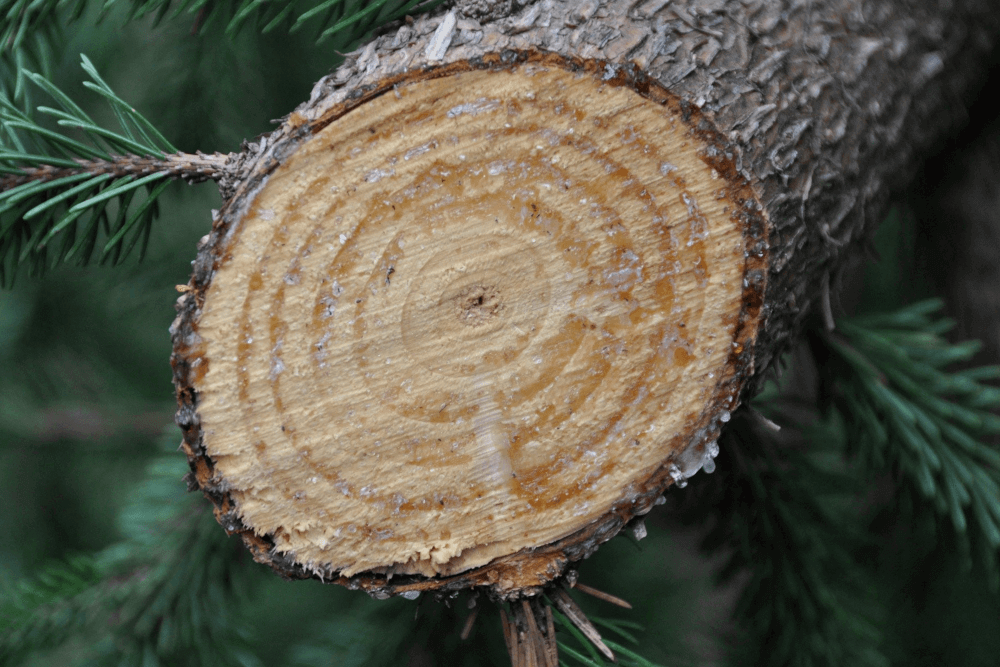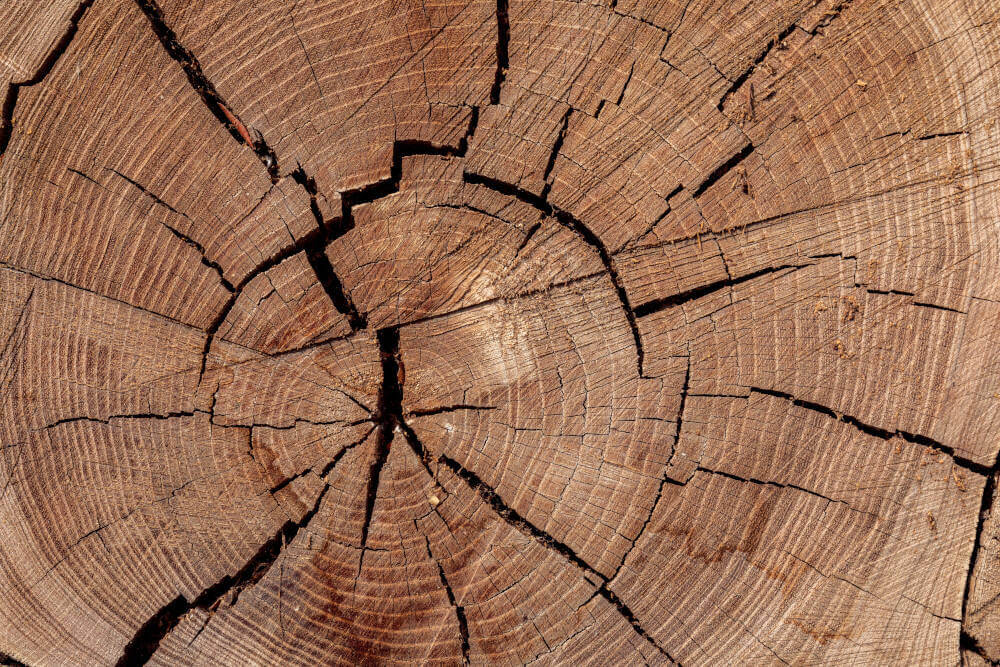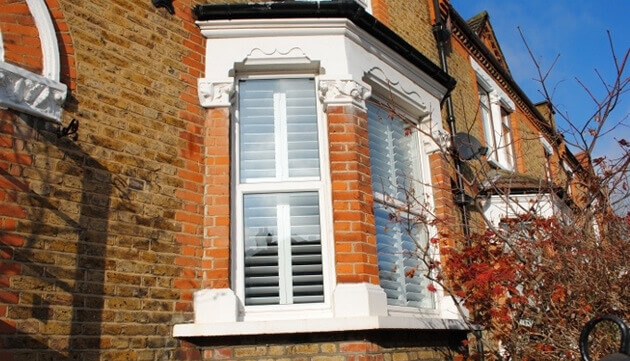Less strength and durability than most hardwood
In order to understand wood strength, it is necessary to be familiar with how both hardwood and softwood trees grow…
Softwoods come from coniferous trees (trees bearing pinecones, and needles) which stay evergreen all year round. Softwood trees tend to grow relatively quickly and account for around 80% of the world’s timber production. Their fast-growing nature makes softwood easier to obtain and, therefore, makes it a cheaper option over hardwood varieties.
Hardwoods on the other hand originate from deciduous trees (with leaves that fall in the autumn) and are slow growing. Their slow growth means they are generally denser, giving hardwoods their sought-after strength and durability.
If you have ever been on a woodland walk and studied the cross section a felled tree, you will have noticed its growth rings. You were probably told as a child that you can estimate the age of a tree by counting the number of growth rings in the tree. Well, in Europe this is true because trees have a distinct growing and resting season. The lighter rings indicate the growing season (spring/summer) and the darker rings form in autumn time when growth slows down considerably.
A tree’s growth rings will also help identify whether they are a soft or hard variety – softwoods have big growth gaps (faster growing), while hardwoods will boast closely packed rings because they are slower (short growth spurts).









